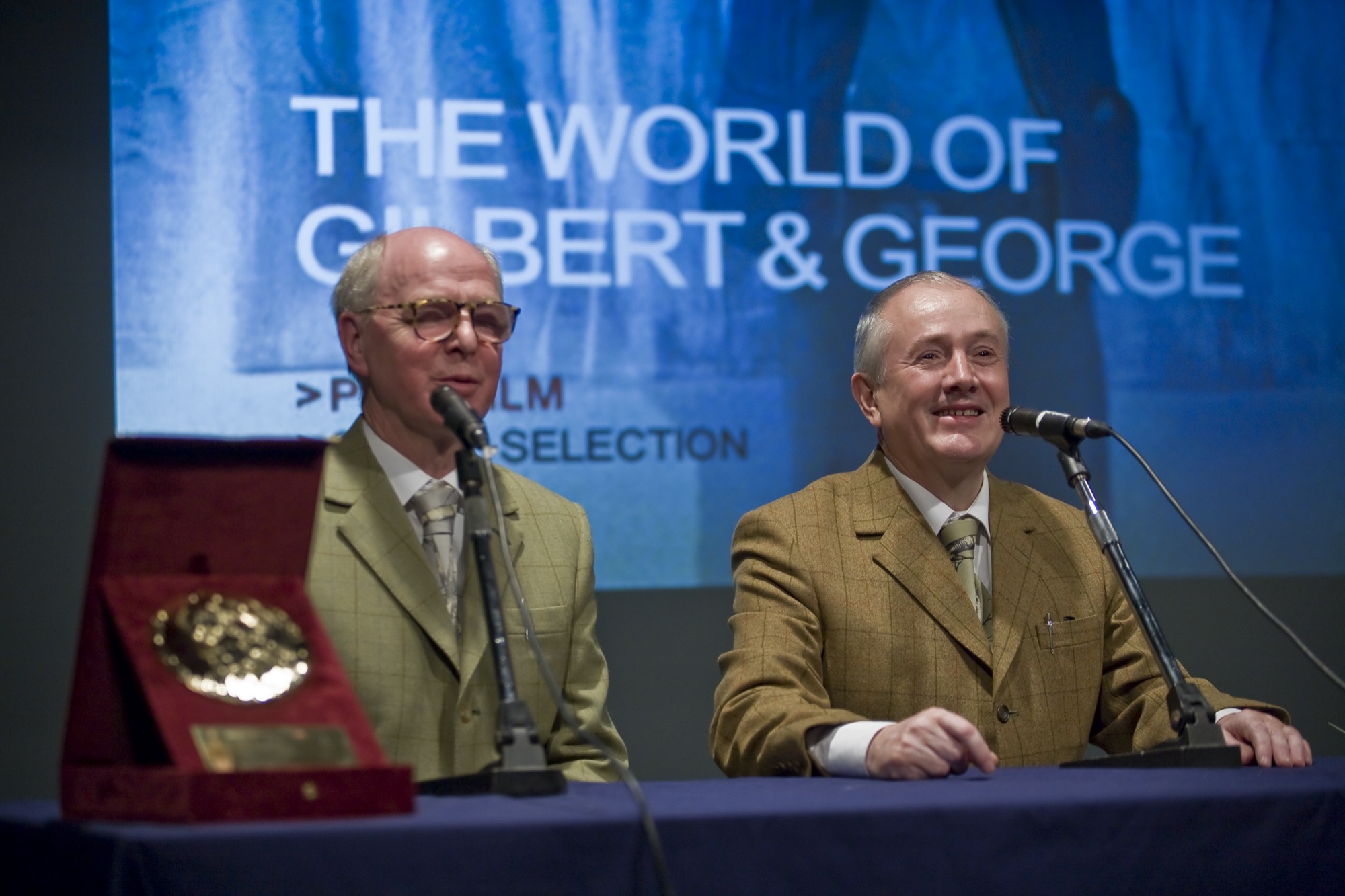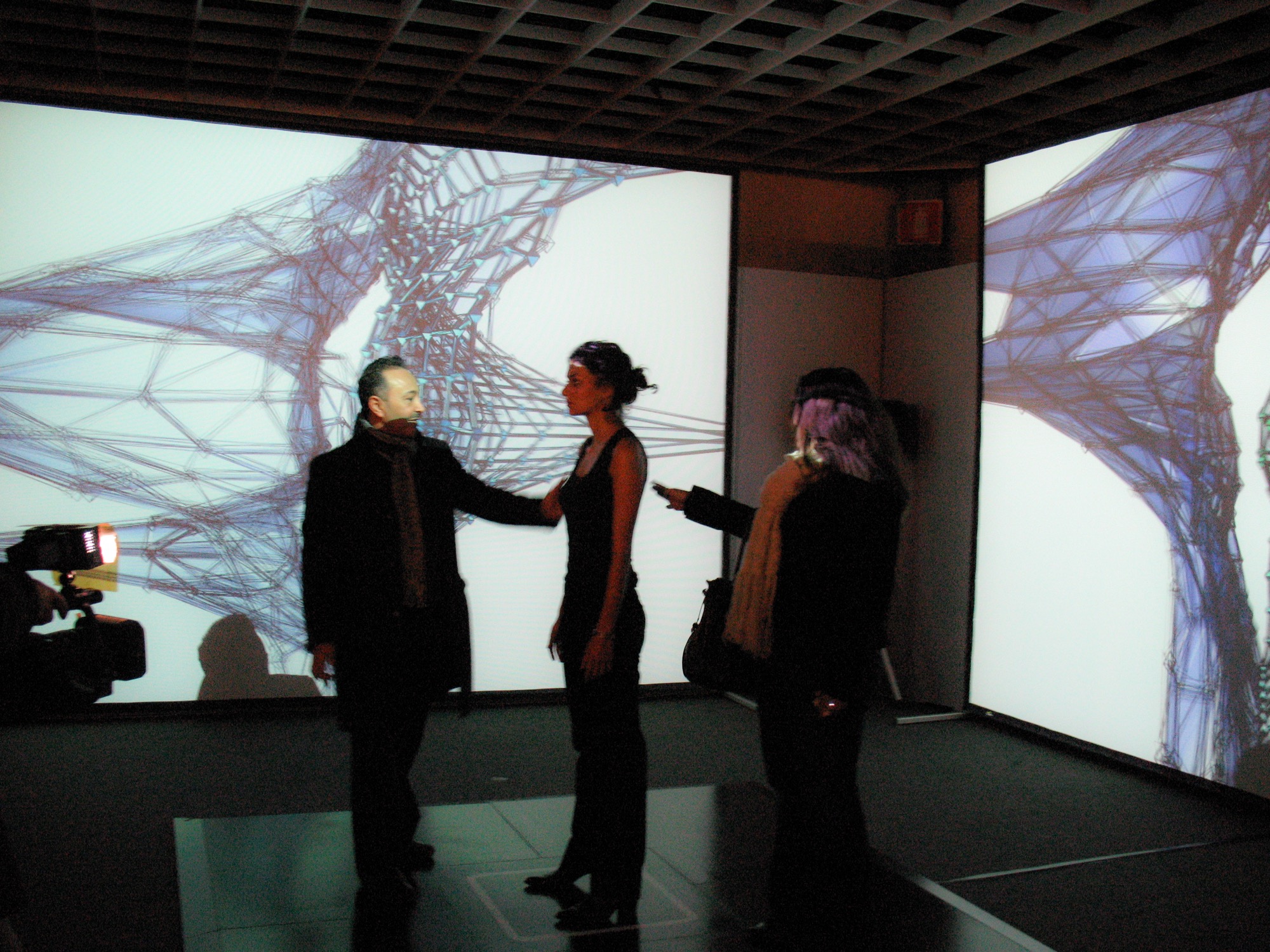2007 EDITION - FB

Language Selector
FLORENCE BIENNALE
18 - 26 OCTOBER, 2025
Fortezza da Basso
Viale Filippo Strozzi 1, Florence FI
Opening to the public Saturday 182 pm
Office hours:
- From Monday to Friday9 am to 5 pm
- Saturday and SundayClosed
CustomWidgetTemplate
2007 EDITION
“Dialogue Among Civilizations”
The universal language of art has once again spoken of human rights and has done so through more than eight hundred artists in the prestigious international setting of the Florence Biennale. The 2007 edition counted with participating artists from 76 countries with more than 2,500 works that gave rise to an exhibition of extraordinary beauty. The event has been proposed as a great communicator vehicle of the different trends of world art and a place for intercultural dialogue.
On the occasion of the VI edition, the Florence Biennale has recognized its support for the United Nations program "Dialogue between civilizations", in which it participated officially in 2001. The prize of the international association Artists for Human Rights (AFHR) was awarded by its founder Anne Archer, guest actress of the exhibition and for a long time actively engaged in the defence of human rights.
The non-profit organization was founded with the aim of promoting the Universal Declaration of Human Rights around the world and encouraging awareness of humanitarian issues. It is made up of leading artists and personalities united by the will and responsibility to support the battle for human rights.
“Artists have the ability to touch society so deeply that, as a direct result of this, they can bring about positive change. They have always been Human Rights’ best ambassadors, as they are aware of the vital importance of the defense of individual expression." – Anne Archer
Collateral Events
British artists Gilbert & George were also invited to the exhibition, offering an amusing interview about their works hosted by Tim Marlow, exhibition director of the White Cube Gallery in London. They received the “Lorenzo il Magnifico” Lifetime Achievement Award.
"It all began on the day we became two living sculptures: we handed ourselves over to the spectators, instead of erecting a barrier between artists and ordinary people. (...) We have succeeded in transforming ourselves into both objects and artists: a living object that speaks. Usually artists create dead objects: we have become a living force. This is our duty, our commitment." – Gilbert & George
The 2007 edition of the Florence Biennale organized a wide selection of meetings, projections, and conferences, including “The Art and Life of Frida Kahlo” and “Tina Modotti”, which were given by Gregorio Luke, the former director of the Molaa of Long Beach and a Biennale’s International Jury.

Parallel Worlds. Ars Electronica
The Ars Electronica Centre of Linz, the ‘oldest’ museum of digital art in the world (and the organizer of Prix Ars Electronica, the Ars Electronica Festival, and the Ars Electronica Futurelab), was also a participant, and it used a space of 280 square meters to showcase different examples of digital art and interactive videos, thanks to which visitors could come into contact with the fantastical world of virtual realities.
The VI edition of the Florence Biennale hosted an interactive space that showcased electronically generated art, which includes all of the experimental disciplines that spring from the relationship between art and technology that has emerged in the last few decades: virtual and interactive art, video-art, video-performance, multimedia, digital art. The public played an active role in this space, which was set up as an alternative dimension of reality. The aim was to create an art installation that was completely interactive, transforming the spectator into an active participant and an integral part of the work of art: thanks to his or her unique mental, electromagnetic, and physiological characteristics, the individual activated a series of original and unrepeatable cause and effect sequences.
This generated a virtual environment that can project the traveller-user into a parallel world, a dimension where reality, dreams, truth, and falsehood were not easily distinguishable. In the absence of the usual points of reference, the visitor was forced to let go of prejudices and obsolete cultural superstructures. The visual, emotional and cerebral relationship that has always characterized the aesthetic dimension in the comparison between a work of art and a spectator, by the electronic art has finally been constituted also of a purely physical dimension.

Artistic Director: Emanuel von Lauenstein Massarani
Patronages
Ministry of Cultural Heritage
Tuscany Region
Province of Florence
City of Florence
International Jury
Elza Ajzenberg – Director of the Contemporary Art Museum of São Paulo (BRAZIL)
Dominique Edouard Baechler – Professor of Art Critic and Art History (SWITZERLAND)
R.B. Bhaskaran - Artist (INDIA)
Francesco Buranelli – Former Director of the Vatican Museums (ITALY)
Stefano Francolini – Director of the Davanzati Museum of Florence (ITALY)
Gregorio Luke – Art Critic, Curator and Latin American Art Expert (USA)
Matty Roca – Art Critic (MEXICO)
David Rubin – Art Curator (USA)
Rosa Tejada – (USA)